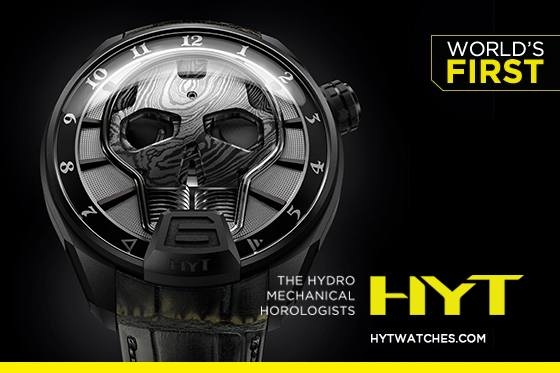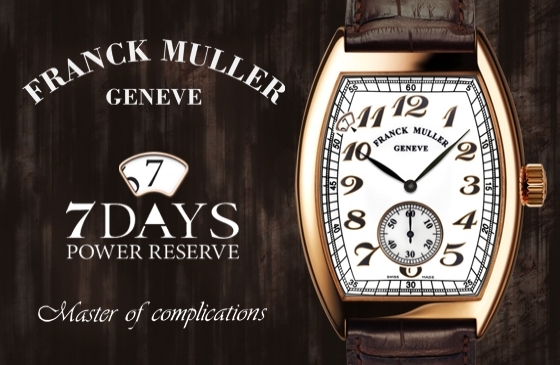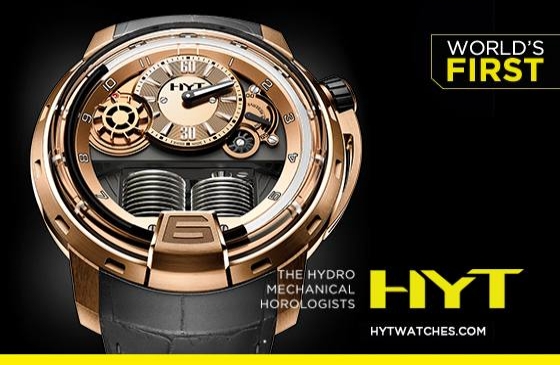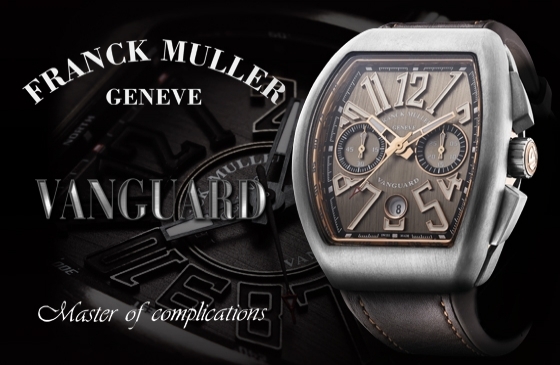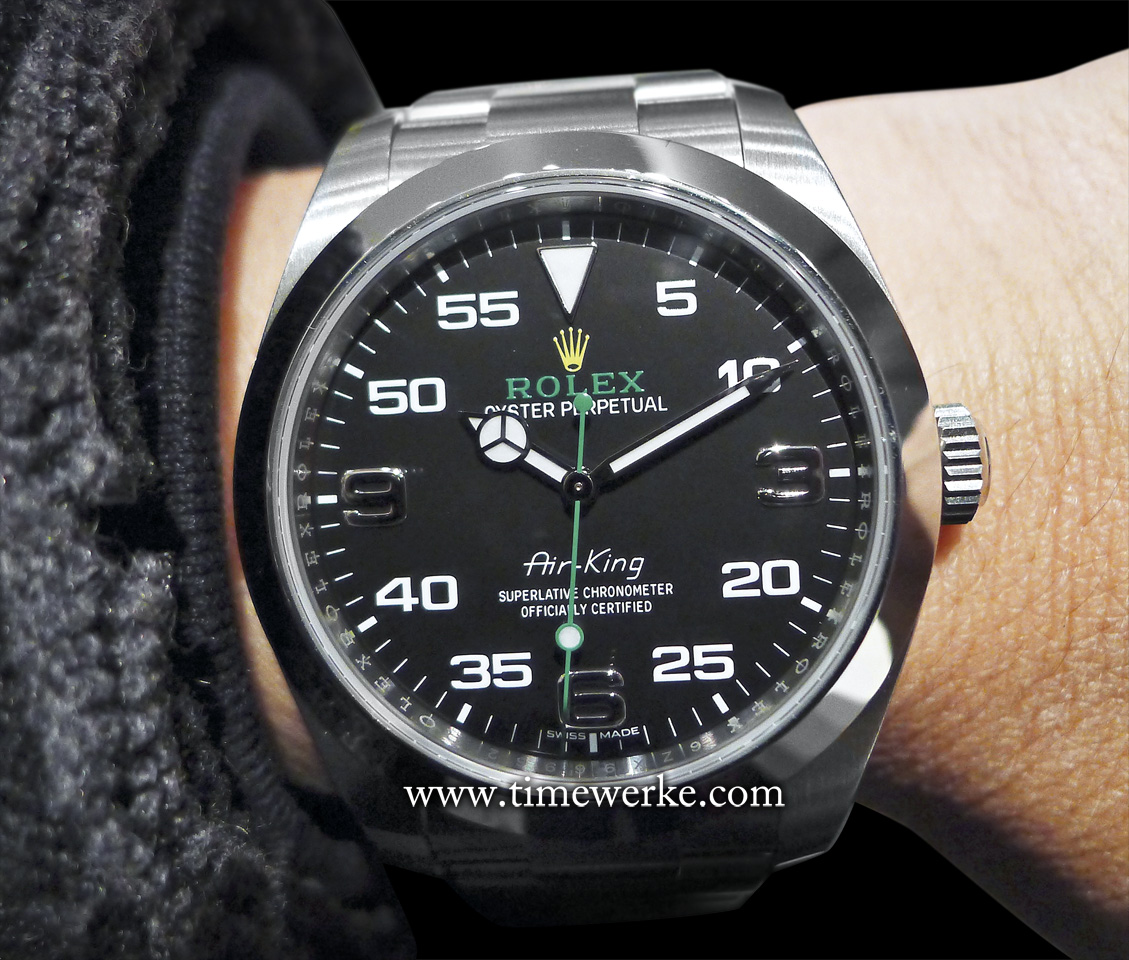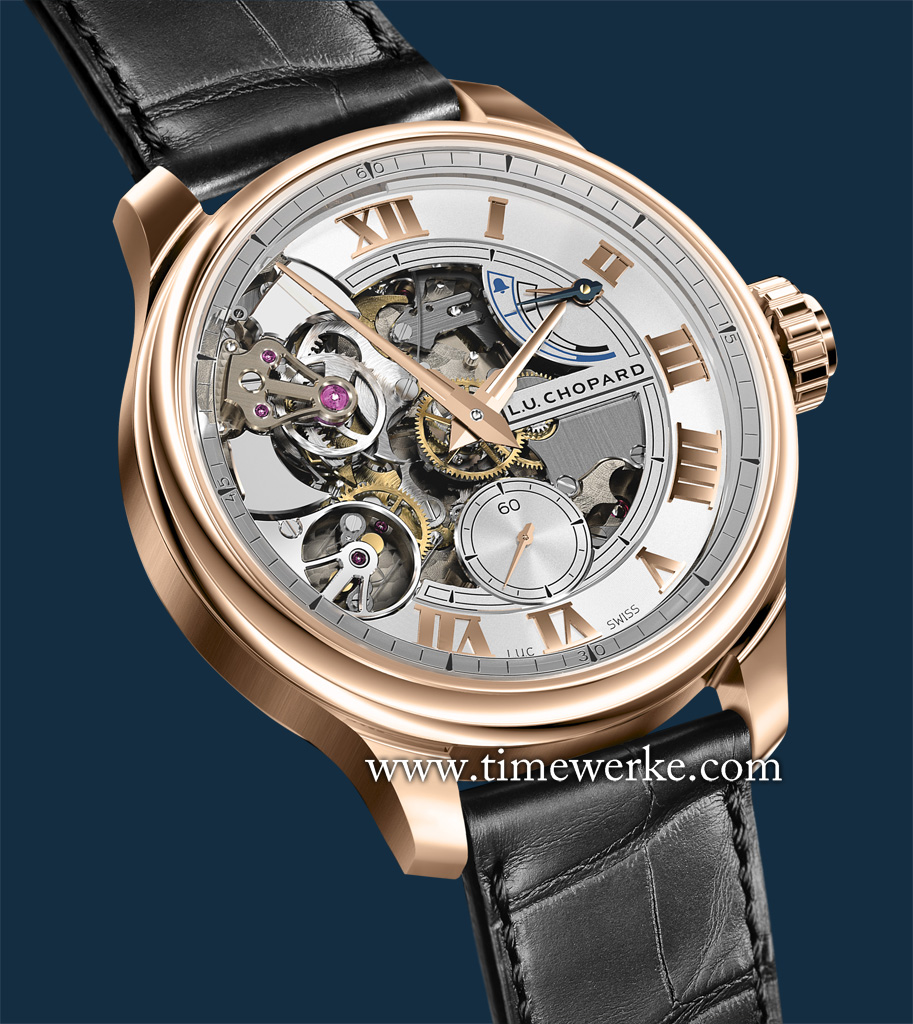
Chopard L.U.C Full Strike in 18K rose gold. Commemorating the 20th anniversary of Chopard Manufacture (2006 to 2016), it features the brand’s in-house Manufacture Calibre L.U.C 08.01-L manual-winding movement that is chronometer-certified and bears the Poinçon de Genève hallmark. Its steel hammers strike on sapphire gongs. Limited to 20 pieces. Photo: © Chopard
Chopard is no stranger to mechanical striking mechanisms, having introduced the L.U.C “Strike One” in 2006 and the L.U.C Tech “Strike One” in 2008, both of which chime the passing (or the welcoming, depending on how the owner wants to interpret it) of every hour with a hammer strike to the gong.
It isn’t as easy as it sounds to create their hourly chiming mechanisms; the first L.U.C “Strike One” for instance, required two years of development time.
As such, it will not be difficult to understand why six years of development was required for the L.U.C Full Strike, Chopard’s very first minute repeater made in-house at its Manufacture in Fleurier.
One look at the in-house Calibre L.U.C 08.01-L manual-winding movement and you’d easily agree that this complicated mechanism is by far, Chopard’s most sophisticated and innovative. Around 15,000 hours of development time were spent on the Calibre L.U.C 08.01-L, of which there are three patents.
A mechanical minute repeater wristwatch is one that is able to chime the hours, quarters and minutes on demand, typically by way of hammers that strike a gong made of a metal alloy.
Chopard’s L.U.C Full Strike movement is innovative because its steel hammers, visible at the 10 o’clock position strikes transparent sapphire crystal gongs. Using sapphire crystal for the transmission of sound in a minute repeater isn’t entirely new but having this material for gongs was, till now, previously unheard of.
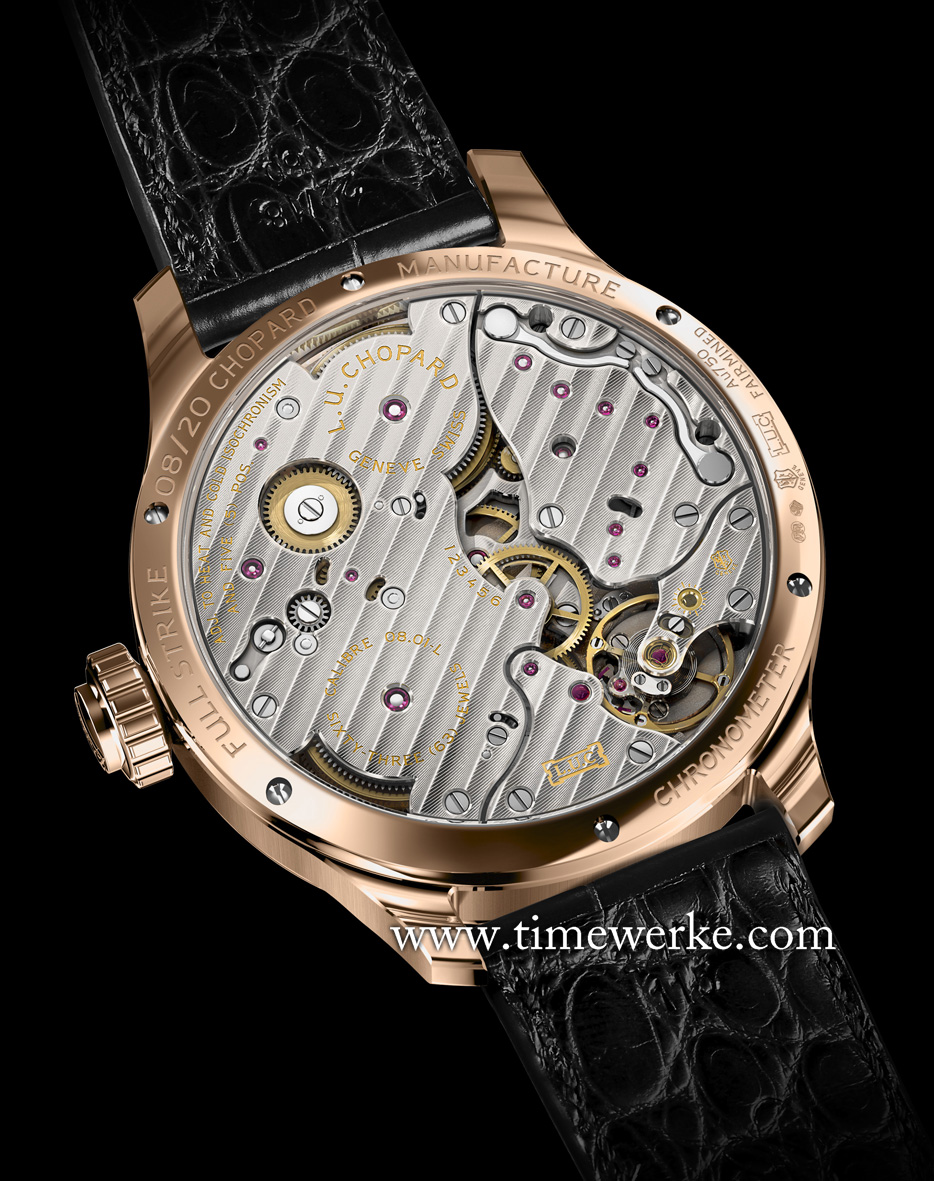
Case back of Chopard’s L.U.C Full Strike housing the Manufacture Calibre L.U.C 08.01-L manual-winding movement. Photo: © Chopard
The use of sapphire crystal gongs is what Chopard describes as “… the perfect loudspeaker… to diffuse the chimes of the hammers striking” the material of which the resultant tones are pure, rich and full, powerful and resonant.
The brand’s description becomes crystal clear (pun intended) by mentioning that the Full Strike “… chimes as a silver knife were delicately tapping a Bohemian crystal glass placed on the table of a gourmet restaurant.”
Now unlike some chiming or striking mechanisms which emit cold, metallic and / or abrupt tones, Chopard’s Full Strike delivers chimes which are full-bodied and crystal-clear.
The gongs are tuned to two notes, C and F, the brand adds, and the lingering and pleasing chimes have “a very low sound-deadening factor”.
This is the first time sapphire crystal is used as gongs in a minute repeater. In other words, sapphire is not only the generator but the acoustic amplifier.
What is even more surprising is that the gongs and watch glass are one – what were traditionally separate components are machined from a single sapphire crystal block!
This fact explains why a patent has been filed for this innovation and the “union” between gongs and watch glass allows the sound to be transmitted directly outside of the watch “with all its strength and singular personality”, and if we may also add, intensity.
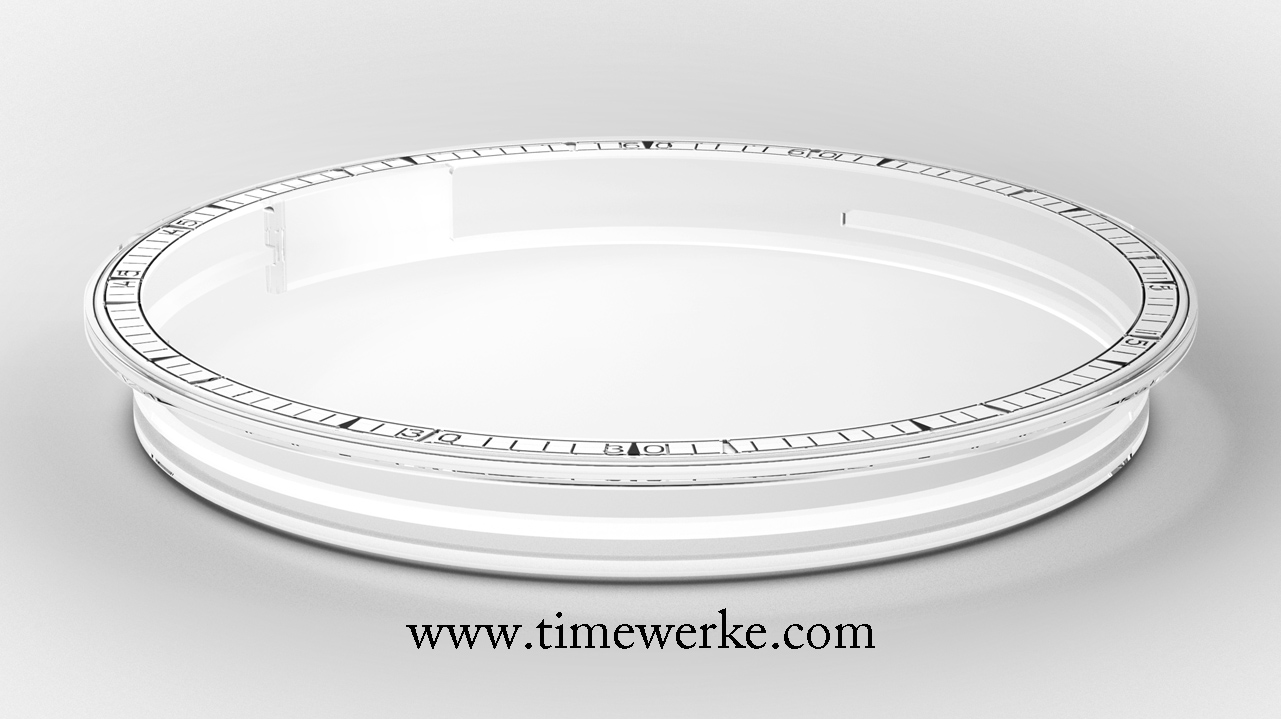
The gongs and watch glass of the L.U.C Full Strike form one piece as both are machined from single sapphire crystal block. This is the first time sapphire crystal is used as gongs in a minute repeater. In other words, sapphire is not only the generator but the acoustic amplifier. Illustration: © Chopard
The transmission of acoustic waves are as one as there are no “breaks” because of the use of different material or separate components.
Breakage of the sapphire crystal due to the strikes of the hammers is a valid concern by collectors with regards to Chopard’s Full Strike. However, rest assured that the brand has performed the necessary homologation; even after one-and-a-half million strikes with the steel hammers, the sapphire crystal gongs did not shatter.
Among the major difficulties were the machining of the gongs and watch glass as an integrated component. Achieving this successfully took Chopard more than three years of development time.
The L.U.C Full Strike is a fitting commemorative piece for Chopard Manufacture’s 20th anniversary (1996 to 2016).
Such an occasion calls for the traditional celebratory Champagne toast. If you were to use crystal glasses like those from Saint-Louis glassware (Compagnies des Cristalleries de Saint Louis) which we did, you will probably be surprised at how full-bodied the ringing sound is when two crystal glasses are tapped against each other.

